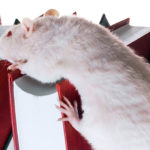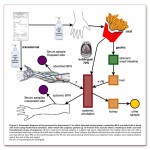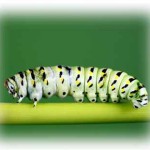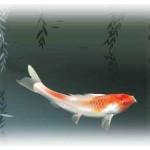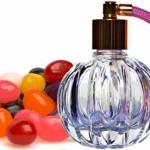This gallery contains 1 photo.
Trasande, Shaffer, Sathyanarayana. Pediatrics. 142(2) The purpose of this paper is to review “emerging child health concerns related to the use of colorings, flavorings, and chemicals deliberately added to food during processing … as well as substances in food contact … Continue reading


